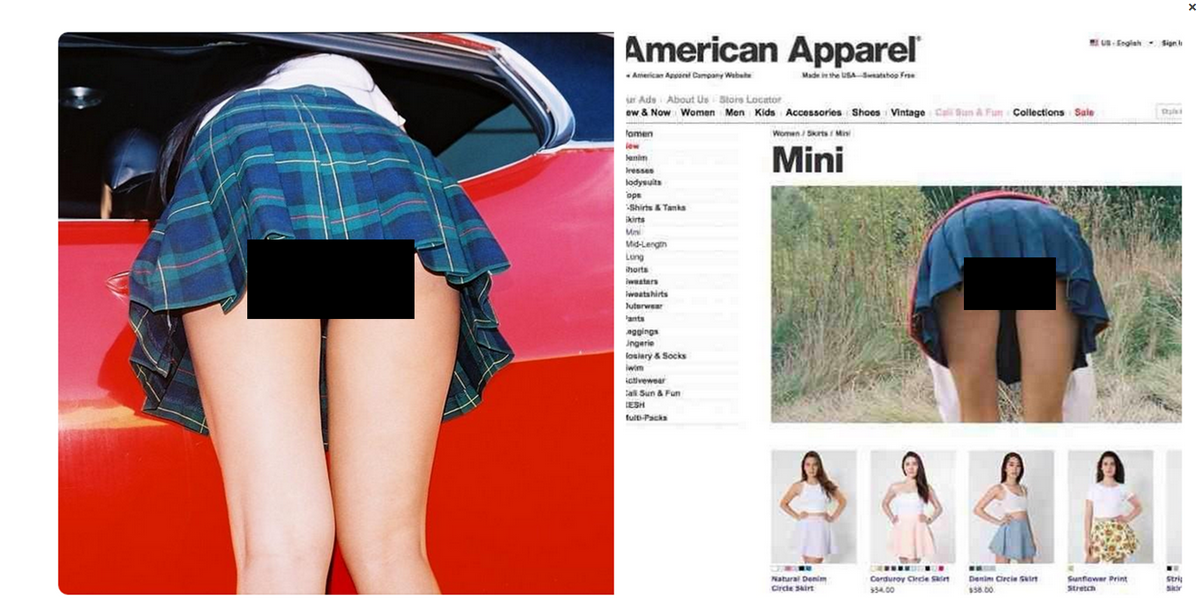Mind Map to help with planning my essay/exploring ideas
Suggested Title of Research Project - The sexualisation of women through advertisements during the 1950s compared with contemporary advertisements
Significance - In order to fully form an opinion and theory on this subject matter I first have to understand it. This additional and in depth research has already started to inform my opinions and ideas much further than they were are the very start. The idea of a comparison also something that I'd really like to do and could, I believe, really help in furthering my understanding of both sides to this comparison.
Primary and Secondary Sources:
- Hughes, R, Lifestyle Illustration of the 50s, United Kingdom: Innovative Logistics Llc.
- Anon, 1950’s Illustration: When Mass Media Met Pop Culture. Available at: http://www.fuelyourillustration.com/1950s-illustration-when-mass-media-met-pop-culture/ [Accessed October 30, 2014]
- Notes on ‘The Gaze’ (no date). Notes on The Gaze. Available at: http://www.aber.ac.uk/media/Documents/gaze/gaze02.html (Accessed: 3 December 2014
- The Gender Ads Project (no date). The Gender Ads Project. Available at: http://genderads.com/ (Accessed: 3 December 2014).
- Catalano, Christina (2002). Shaping the American Woman: Feminism and Advertising in the 1950s, Constructing the Past: Vol. 3: Iss. 1, Article 6. Available at: http://digitalcommons.iwu.edu/constructing/vol3/iss1/6 (Accessed: 3 December 2014)
- (no date). The 10 Most Sexist Ads of 2013. Available at: http://www.adweek.com/adfreak/10-most-sexist-ads-2013-154550#intro (Accessed: 3 December 2014).
- A black eye and an iron..seriously? (no date). Gibson. Available at: http://vickiandcharlie.tumblr.com/ (Accessed: 4 December 2014).
Methods - Reading secondary sources will make up a large part of my research, however I have also thought about how my image making could inform my essay. I thought about subverting the general characteristics of both eras of advertising, so drawing a vintage-style woman smiling holding an iPad with hyperbolic text around it, and another image of a woman straddling a vacuum with some ambiguous text next to it "Be as dirty as you want"
Limitations - The comparison in how women are sexualised through the media and advertisments in 1950s compared with now. Was it more innocent and subtle back then compared with now? Are we more or less aware of it than society was in the 50s?
Essay Plan
a) Introduction (300 words): Describing how and why the question/theory posed will be answered
b) Main Body - (1400 words): Include a summary of the main points of your argument, and how the argument will develop. Show how theoretical research will be incorporated into your argument.
c) Visual Examples (1000 words): Focus on no more than 2 or 3 for an essay of this scale.
d) Conclusion (300 words): Sum up points made/argument proved or disproved

.JPG)
.png)









.jpeg)